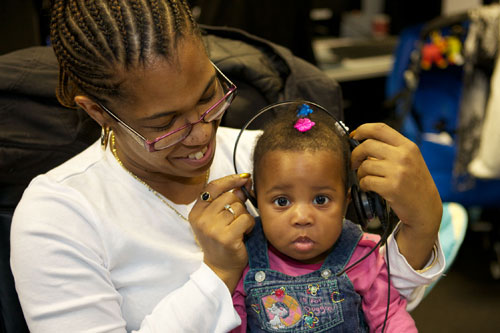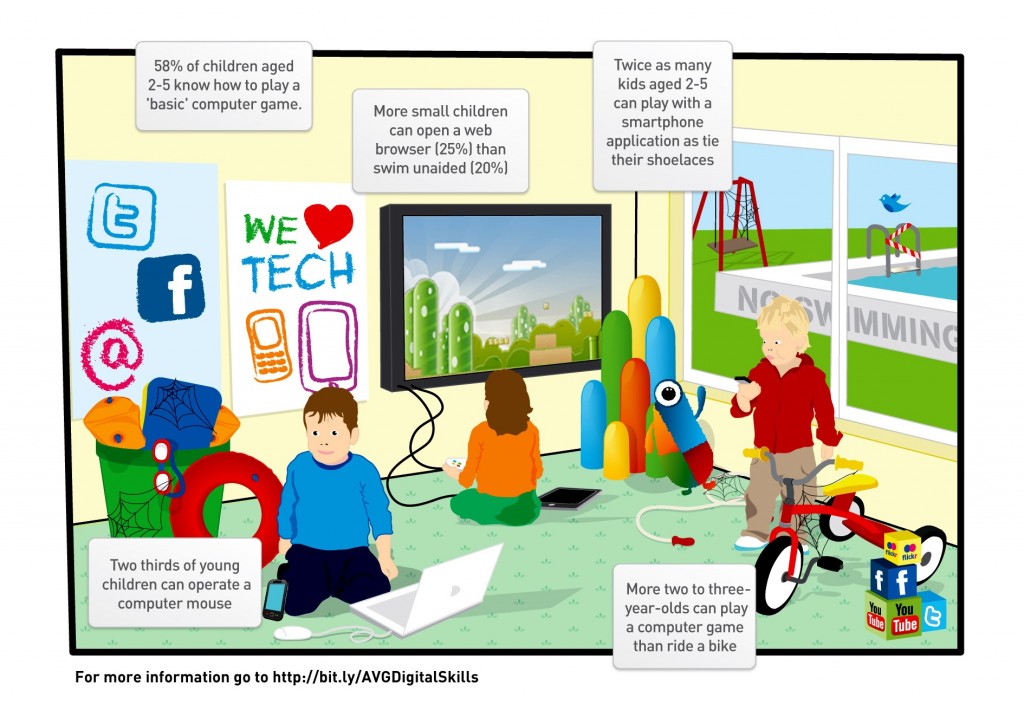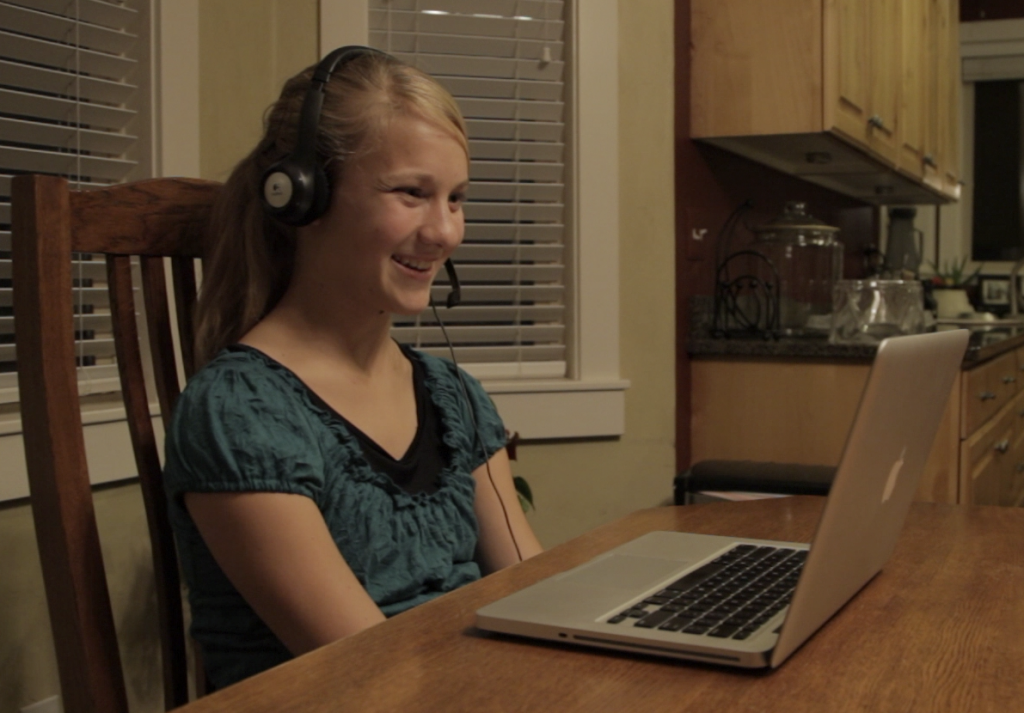“Jonas, did you clean your room yet?” “What?” “Did you clean your room yet?” “Huh?”
Sound familiar? Kids often challenge a parent’s patience by not listening or “pretending” to forget what you tell them. But sometimes, a child’s inability to follow directions might be more than simple forgetfulness. He may have trouble with his receptive language skills. A speech-language pathologist (SLP) can use speech therapy techniques to help a child with a very broad range of issues, including receptive language disorders. A speech therapist can also determine whether the child does indeed have a speech disorder or whether he’s just a little behind schedule with his language development. (Check out this guide from ASHA on the difference between the two issues.) As well, work with the speech therapist to implement at-home speech therapy techniques to boost your child’s receptive language skills. Using these at-home speech therapy tips can encourage your child’s development, whether or not he has a speech disorder.





